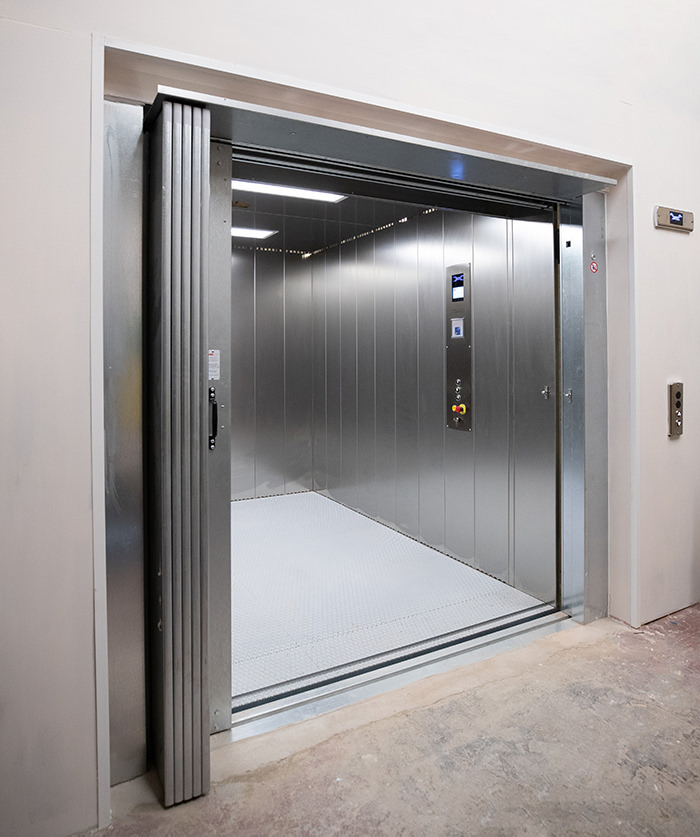We Maintain Lifts with Accuracy: Ensuring Security and Efficiency
We Maintain Lifts with Accuracy: Ensuring Security and Efficiency
Blog Article
Diving Into the Globe of Lifts: Common Issues Encountered by Numerous Lift Devices
As we browse via the upright transportation systems of modern structures, elevators stand out as an essential element of our everyday lives. From hydraulic elevators to traction systems and machine-room-less styles, each lift kind comes with its set of usual concerns.
Hydraulic Lifts
Hydraulic lifts, frequently chosen for low-rise structures, use fluid pressure to control the activity of the elevator cars and truck (lift repair companies). This device includes a hydraulic pump pushing oil into a cylinder, triggering the elevator to relocate the wanted direction. While hydraulic lifts are understood for their quiet and smooth operation, they do feature their own set of common issues
One common trouble with hydraulic elevators is oil leakage. The seals in the hydraulic system can put on out with time, leading to oil seepage. This not only produces a mess however can also impact the elevator's performance if left unaddressed. Additionally, problems with the control system, such as defective valves or a malfunctioning pump, can cause disturbances in the lift's activity.
Routine upkeep and prompt repair work are vital to ensure the smooth performance of hydraulic lifts. By resolving these usual issues proactively, structure proprietors can reduce downtime and guarantee the safety and efficiency of their vertical transportation system.
Grip Elevators
When considering vertical transportation systems in buildings, an additional common kind besides hydraulic lifts is the traction elevator. Traction lifts operate using a system of ropes and counterweights that relocate the lift vehicle by grasping onto the hoist ropes. This mechanism enables smoother and quicker upright transport contrasted to hydraulic systems.
One of the usual concerns encountered by traction elevators is rope wear. The continuous activity of the ropes within the grip system can result in use and tear with time, potentially creating the elevator to malfunction or become unsafe for use. Regular examinations and maintenance of the ropes are necessary to make sure the lift's appropriate performance and safety.
Another problem that grip elevators might run into is connected to the control system. Issues with the control system can cause concerns such as irregular activity, hold-ups in response times, and even total shutdowns. Regular screening and upkeep of the control system are essential to stop such problems and ensure the lift's reliability.
Machine-Room-Less (MRL) Lifts

Among the vital components of MRL lifts is the compact gearless grip equipment that is set up within the hoistway. This machine successfully drives the elevator cars and truck without the demand for bulky devices located in conventional traction elevators. In addition, MRL elevators normally make use of a weight system to stabilize the automobile, more boosting their power effectiveness.
In spite of their benefits, MRL elevators might face obstacles associated to upkeep and repair service due to the constrained area for equipment setup. Access for servicing elements within the shaft can be limited, calling for specialized training for specialists. Correct upkeep schedules and regular assessments are vital to make sure the ongoing smooth procedure of MRL elevators.
Overloading and Weight Limit Issues
Straining and weight restriction problems are vital concerns in lift procedures. Elevator makers design raises with particular weight abilities to make sure traveler security and devices longevity.
When lifts are overloaded, it places extreme pressure on the motor, cables, and various other elements, possibly causing breakdowns or break downs. If they discover excess weight, security mechanisms such as sensors and overload sensing units are in location to stop lifts from relocating. In addition, surpassing weight restrictions can result in raised power intake and damage on the elevator system.
To minimize straining issues, constructing supervisors need to plainly display weight limitations in elevators and educate occupants on the significance of sticking to these restrictions - lift repair companies. Regular upkeep checks by certified service technicians can likewise aid make sure that elevators are running within safe weight criteria. By resolving overloading and weight restriction problems proactively, building proprietors can boost lift safety and effectiveness
Electrical System Failures
Going beyond weight restrictions in elevators can not only lead to mechanical problems yet additionally possibly contribute to electrical system failures within the lift facilities. Electrical system failures are a critical worry in lift operation, as they can create unexpected closures, malfunctions, or also safety and security threats.
Normal maintenance and inspections are vital to determine and address possible electrical problems quickly, ensuring the efficient and risk-free operation of elevator have a peek at this site systems. By sticking to weight limits and conducting routine electrical system checks, structure proprietors can reduce the risk of electrical failings in elevators.
Verdict

Hydraulic lifts, frequently preferred for low-rise buildings, use fluid pressure Get More Info to manage the activity of the lift auto.When considering vertical transport systems in buildings, one more common kind aside from hydraulic lifts is the traction elevator. Traction lifts run utilizing a system of ropes and weights that move the lift car by clutching onto the hoist ropes. Unlike standard lifts that require a different machine space to house the devices, MRL elevators incorporate most of the components within the shaft, eliminating the demand for a dedicated machine room.In conclusion, lifts face common concerns such as hydraulic breakdowns, traction system failings, and electrical system troubles.
Report this page